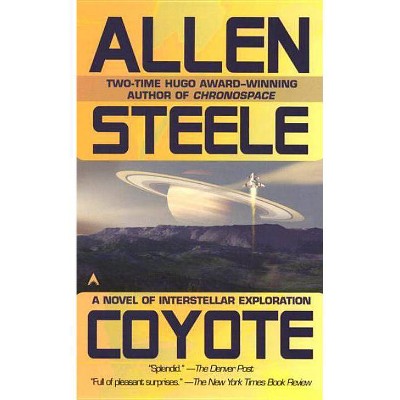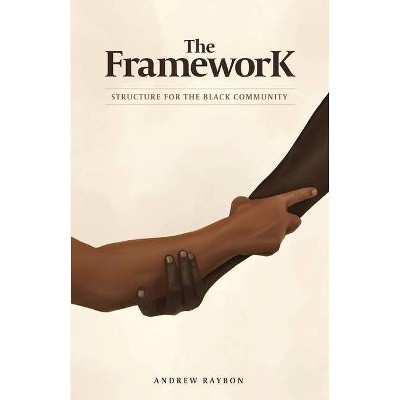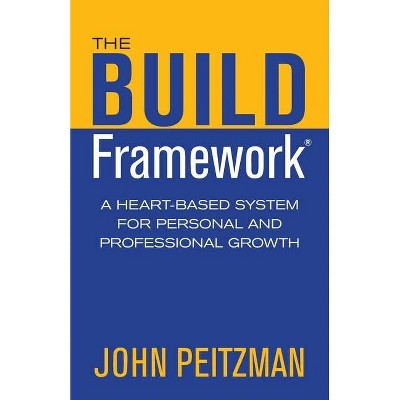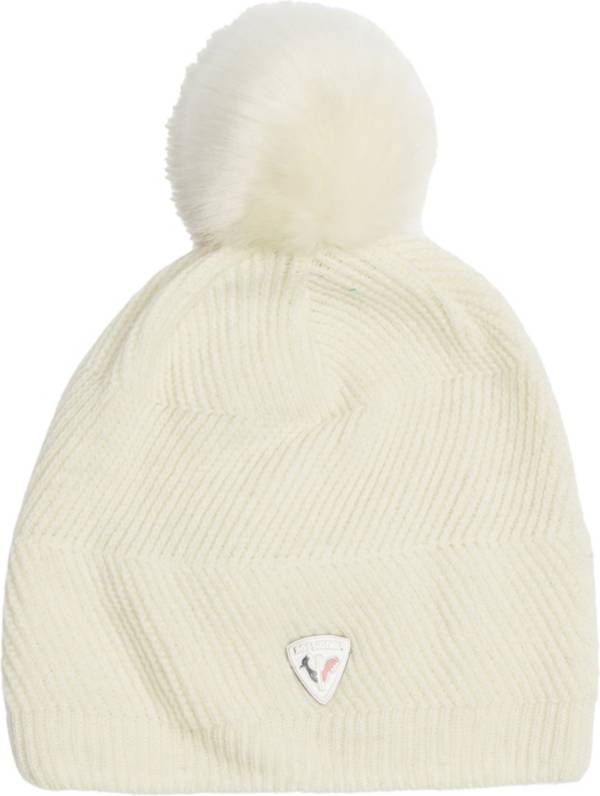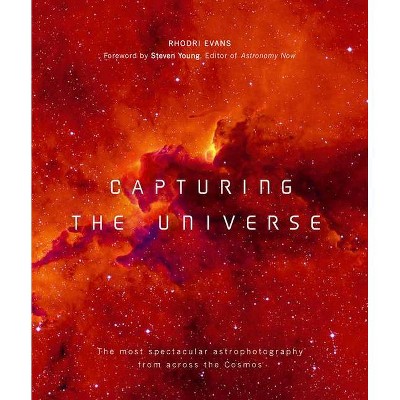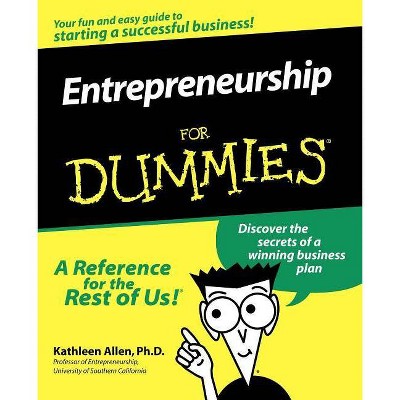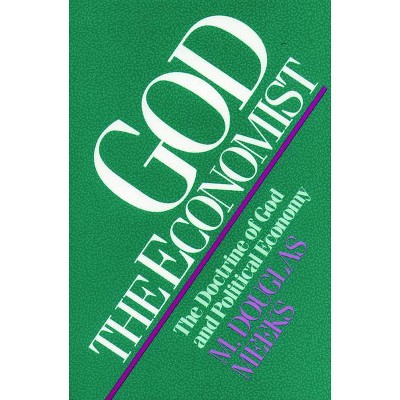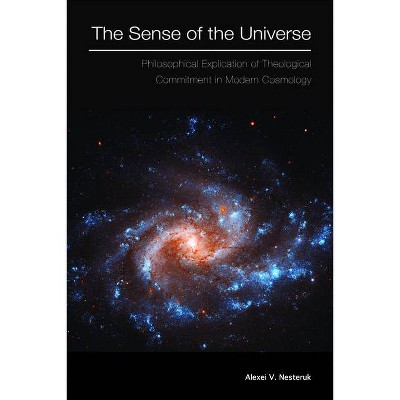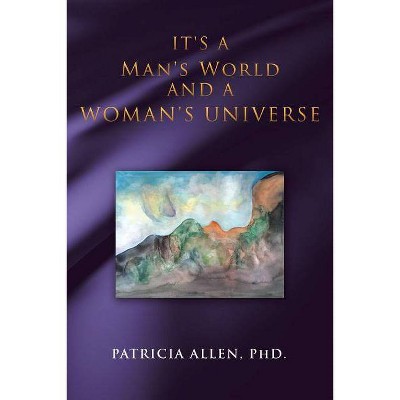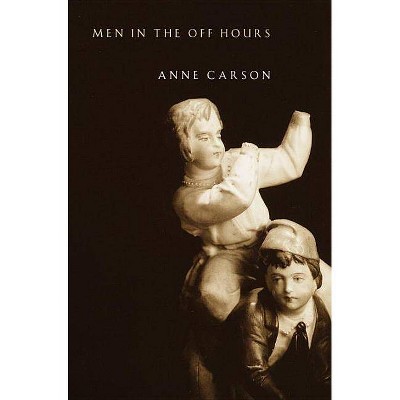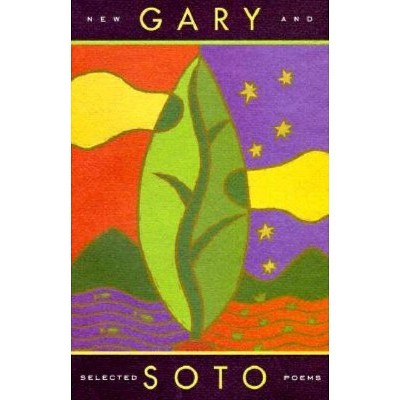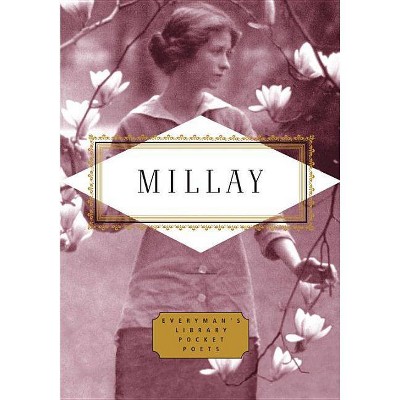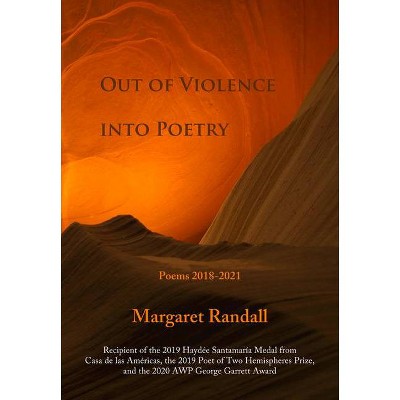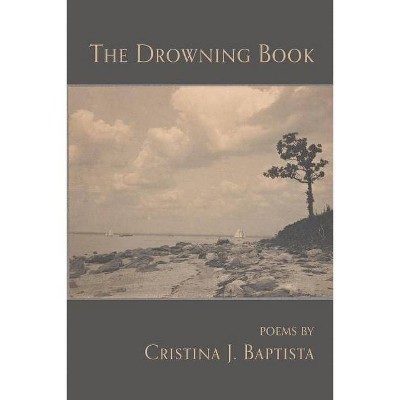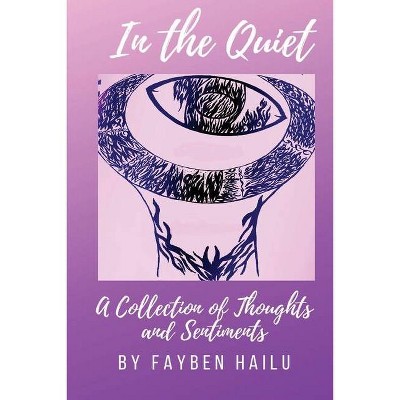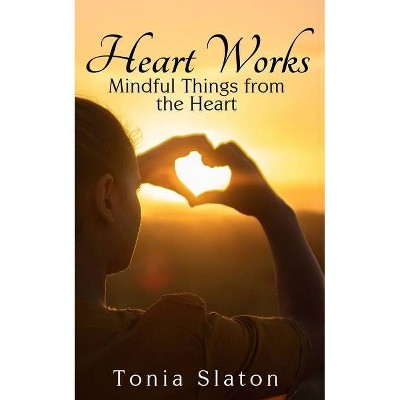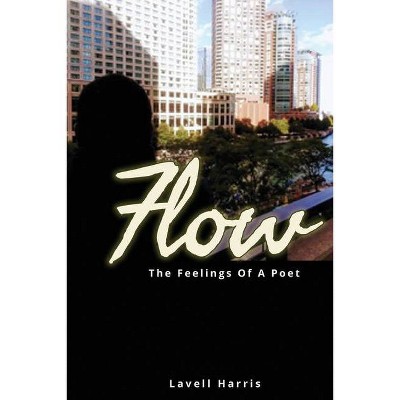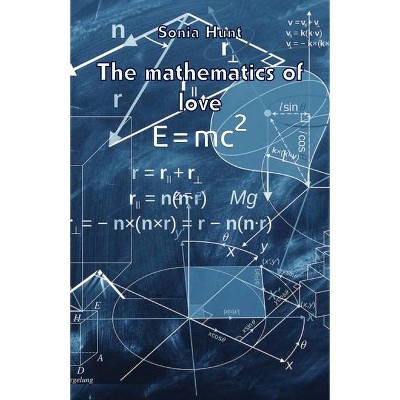A Bony Framework for the Tangible Universe - by D Allen (Paperback)
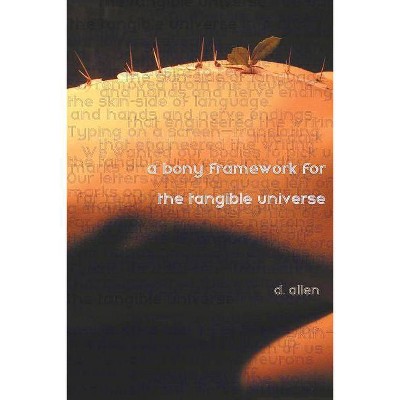
Similar Products
Products of same category from the store
AllProduct info
<p/><br></br><p><b> About the Book </b></p></br></br>'A Bony Framework for the Tangible Universe' is a hybrid collection of lyric essays, poems, dictionary erasures, and images that emerged out of the poet's diagnosis with a connective tissue disorder. Slipping in and out of form, space, and language, this text gathers answers to the question: What holds us together when the body falls apart?<p/><br></br><p><b> Book Synopsis </b></p></br></br><p>"What occasions assembling a new body? Is language even sufficient for this task or does it always demonstrate its own body-forming shortcomings? So much literature from marginalized spaces has contended with these question. In <em>A Bony Framework for the Tangible Universe</em>, poet and multimedia artist D. Allen finds their voice among erasures from dictionary definitions, lyrical polyphony, the urgency of second person, and the tug-of-wars between rural and urban spaces for people with disabilities to ritualize gestures of survival in sites arrowed with pain, destruction, surveillance, and control. Allen offers us their own visual productions--with echoes of Joseph Cornell's boxes--and assembles centos on the page to find the "knife" in all of us and to ask what it's there to do. "To inhabit a body with secrets welded inside every cell is to live in a place without learning its landscape," they write, evoking how living with disability can be a constant process of (re)orientation, (re)acquaintanceship, and (re)fermentation. What does the disabled body want today that it couldn't foresee wanting last week? Is the disabled body the impetus for a new metaphysical world? As Allen has sewn this collection, I too have lived with these poems. I've watched them become what you, necessary reader, hold before you. I hope they offer you the same resoluteness they've offered me." --Roy G. Guzmán, poet and author of <em>Restored Mural for Orlando</em></p><p>"<em>A Bony Framework for the Tangible Universe</em> is one of the most necessary books I've ever encountered. The speaker's experience of disability--burning, light, love, and everything else--covers the body like a new skin. The breathtaking visual elements scaffolding the work are its bones, and with each new line we are reminded: 'Bless these sensations more tenacious than pain.'" --Nicole Oquendo, multimodal writer and visual artist</p><p><em>A Bony Framework for the Tangible Universe</em> is a hybrid collection of lyric essays, poems, dictionary erasures, and images that emerged out of the poet's diagnosis, in their mid-twenties, with a connective tissue disorder. Slipping in and out of intimate interiors, open fields, city sidewalks, flowering gardens, construction sites, doctor's offices, and fluctuating shorelines, the speaker gathers answers to the question: What holds us together when the body falls apart? Imperfect solutions arrive in the form of queer intimacy and kinship, long-term relationships with landscapes, collections of strange and familiar objects, and language itself. <em>A Bony Framework for the Tangible Universe</em> is constantly breaking and and putting itself together in a messy cycle of adaptation and resistance.</p><p><br /> Part of the KIN(D)* TEXTS & PROJECTS series</p><p>Excerpts appear at District Lit and Rogue Agent Journal: <br /> https: //districtlit.com/2017/06/28/d-allen/<br /> http: //www.rogueagentjournal.com/issue16/<br /> </p><p/><br></br><p><b> Review Quotes </b></p></br></br><br><p>"What occasions assembling a new body? Is language even sufficient for this task or does it always demonstrate its own body-forming shortcomings? So much literature from marginalized spaces has contended with these question. In <em>A Bony Framework for the Tangible Universe</em>, poet and multimedia artist D. Allen finds their voice among erasures from dictionary definitions, lyrical polyphony, the urgency of second person, and the tug-of-wars between rural and urban spaces for people with disabilities to ritualize gestures of survival in sites arrowed with pain, destruction, surveillance, and control. Allen offers us their own visual productions--with echoes of Joseph Cornell's boxes--and assembles centos on the page to find the "knife" in all of us and to ask what it's there to do. "To inhabit a body with secrets welded inside every cell is to live in a place without learning its landscape," they write, evoking how living with disability can be a constant process of (re)orientation, (re)acquaintanceship, and (re)fermentation. What does the disabled body want today that it couldn't foresee wanting last week? Is the disabled body the impetus for a new metaphysical world? As Allen has sewn this collection, I too have lived with these poems. I've watched them become what you, necessary reader, hold before you. I hope they offer you the same resoluteness they've offered me." --Roy G. Guzmán, poet and author of <em>Restored Mural for Orlando</em></p><p>"<em>A Bony Framework for the Tangible Universe</em> is one of the most necessary books I've ever encountered. The speaker's experience of disability--burning, light, love, and everything else--covers the body like a new skin. The breathtaking visual elements scaffolding the work are its bones, and with each new line we are reminded: 'Bless these sensations more tenacious than pain.'" --Nicole Oquendo, multimodal writer and visual artist</p><br>
Price History
Price Archive shows prices from various stores, lets you see history and find the cheapest. There is no actual sale on the website. For all support, inquiry and suggestion messagescommunication@pricearchive.us
